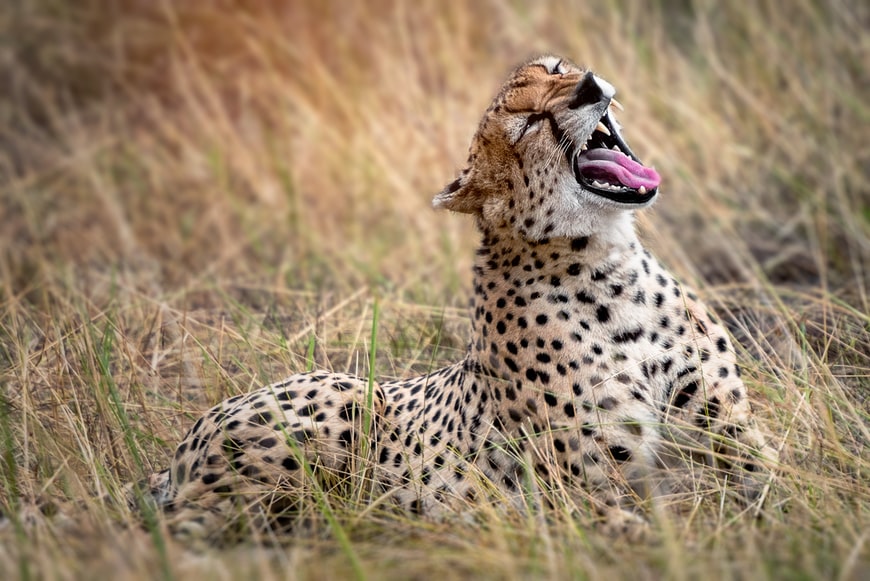
TANZANIA AND ZANZIBAR – SAFARI GEMS IN EAST AFRICA
Tanzania is a country located in East Africa, known for its diverse landscapes, rich cultural heritage, and a unique blend of ethnic groups. Here is a brief introduction to Tanzania:
The country encompasses a varied geography, including the iconic Mount Kilimanjaro, the highest peak in Africa, as well as the Serengeti National Park and the Zanzibar Archipelago. Swahili and English are the official languages of Tanzania. Swahili, also known as Kiswahili, is widely spoken and serves as a unifying language among the country’s diverse ethnic communities.
Tanzania boasts an array of natural wonders, including the Serengeti National Park, Ngorongoro Crater, and the island of Zanzibar, famous for its historic Stone Town and pristine beaches. Tarangire in Tanzania is another spectacle. Its attractions are breathtaking appealing for a tanzania safari Wildlife: Elephants: Tarangire is renowned for having one of the largest populations of elephants in Tanzania. Visitors often witness large herds of these majestic animals, especially during the dry season.
Big Five: Tarangire is home to a variety of wildlife, including lions, leopards, buffaloes, and rhinoceros. While rhinoceros sightings are relatively rare, the park offers excellent opportunities to spot the other members of the Big Five.
Birdlife: The park is a paradise for bird enthusiasts, with over 500 bird species recorded. It is particularly known for its large population of birds of prey, including eagles and hawks.
Tanzania - Visit the Serengeti
The greatest wildlife destination on earth
The magic of Serengeti National Park is not easy to describe in words. Not only seeing, but also hearing the buzz of millions of wildebeest so thick in the air that it vibrates through your entire body is something you will try to describe to friends and family, before realising it’s impossible. Vistas of honey-lit plains at sunset so beautiful, it’s worth the trip just to witness this. The genuine smiles of the Maasai people, giving you an immediate warming glow inside. Or just the feeling of constantly being amongst thousands of animals – it doesn’t matter what season of the migration you visit the Serengeti National Park, it’s magical all year round.
The never-ending circle of the Great Migration
Serengeti National Park was one of the first sites listed as a World Heritage Site when United Nations delegates met in Stockholm in 1981. Already by the late 1950s, this area had been recognised as a unique ecosystem, providing us with many insights into how the natural world functions and showing us how dynamic ecosystems really are.
Today, most visitors come here with one aim alone: to witness millions of wildebeest, zebras, gazelles and elands on a mass trek to quench their thirst for water and eat fresh grass. During this great annual movement, these ungulates move around the ecosystem in a seasonal pattern, defined by rainfall and grass nutrients. These large herds of animals on the move can’t be witnessed anywhere else. Whereas other famous wildlife parks are fenced, the Serengeti is protected, but unfenced. Giving animals enough space to make their return journey, one that they’ve been doing for millions of years.

-

Ngorongoro Crater National Park
The jewel in Ngorongoro’s crown is a deep, volcanic crater, the largest un flooded and unbroken caldera in the world. About 20kms across, 600 meters deep and 300 sq kms in area, the Ngorongoro Crater is a breathtaking natural wonder. Also classified as a UNESCO World Heritage Site, Ngorongo...
-

Serengeti National Park
The Serengeti ecosystem is one of the oldest on earth. The essential features of climate, vegetation and fauna have barely changed in the past million years. Early man himself made an appearance in Olduvai Gorge about two million years ago. Some patterns of life, death, adaptation and migration a...
-

Tarangire National Park
Tarangire National Park is a national park in Tanzania’s Manyara Region. The name of the park originates from the Tarangire River that crosses the park. The Tarangire River is the primary source of fresh water for wild animals in the Tarangire Ecosystem during the annual dry season. The Tar...
-

Nyerere national park
Selous Game Reserve, officially known as Nyerere National Park, is one of the largest game reserves in Africa and a UNESCO World Heritage Site. Here are some key attractions and features of Selous National Park: Size and Location: Selous Game Reserve covers an expansive area of approximately 50,0...